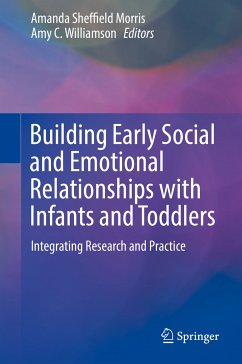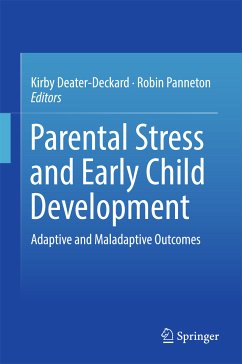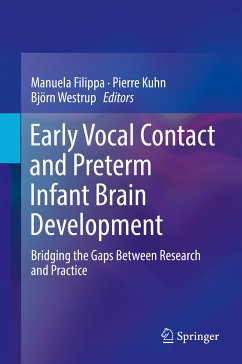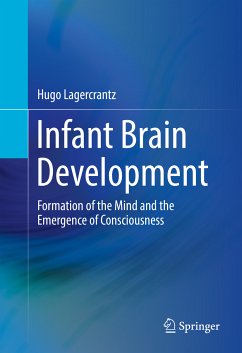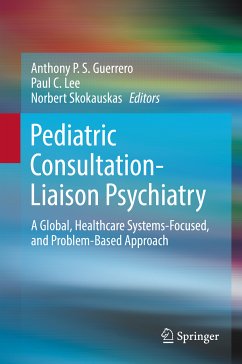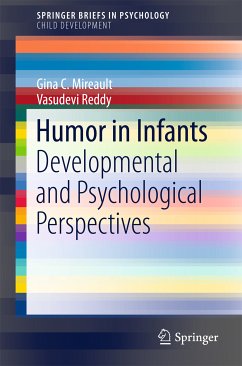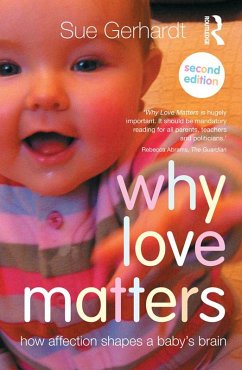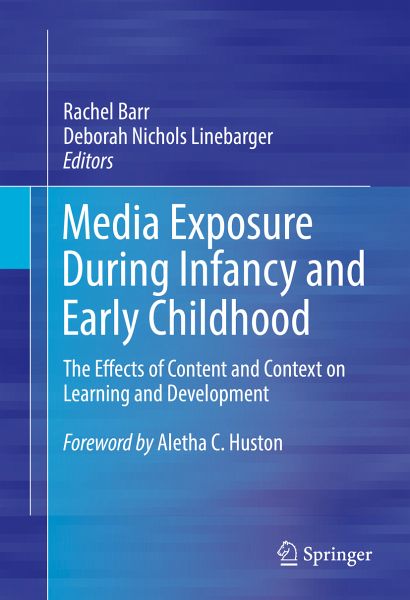
Media Exposure During Infancy and Early Childhood (eBook, PDF)
The Effects of Content and Context on Learning and Development
Redaktion: Barr, Rachel; Linebarger, Deborah Nichols
Versandkostenfrei!
Sofort per Download lieferbar
88,95 €
inkl. MwSt.
Weitere Ausgaben:

PAYBACK Punkte
44 °P sammeln!
This book discusses the burgeoning world of young children's exposure to educational media and its myriad implications for research, theory, practice, and policy. Experts across academic disciplines and the media fill knowledge gaps and address concerns regarding apps, eBooks, and other screen-based technologies-which are being used by younger and younger children-and content delivery and design. Current research shows the developmental nuances of the child as learner in home, school, and mobile contexts, and the changes as parenting and pedagogy accommodate the complexities of the new interac...
This book discusses the burgeoning world of young children's exposure to educational media and its myriad implications for research, theory, practice, and policy. Experts across academic disciplines and the media fill knowledge gaps and address concerns regarding apps, eBooks, and other screen-based technologies-which are being used by younger and younger children-and content delivery and design. Current research shows the developmental nuances of the child as learner in home, school, and mobile contexts, and the changes as parenting and pedagogy accommodate the complexities of the new interactive world. The book also covers methods for evaluating the quality of new media and prosocial digital innovations such as video support for separated families and specialized apps for at-risk toddlers.
Highlights of the coverage:
- The role of content and context on learning and development from mobile media.
- Learning from TV and touchscreens during early childhood
- Educational preschool programming.
- How producers craft engaging characters to drive content delivery.
- The parental media mediation context of young children's media use.
- Supporting children to find their own agency in learning.
Media Exposure During Infancy and Early Childhood is an essential resource for researchers, clinicians and related professionals, and graduate students in diverse fields including infancy and early childhood development, child and school psychology, social work, pediatrics, and educational psychology.
Dieser Download kann aus rechtlichen Gründen nur mit Rechnungsadresse in A, B, BG, CY, CZ, D, DK, EW, E, FIN, F, GR, HR, H, IRL, I, LT, L, LR, M, NL, PL, P, R, S, SLO, SK ausgeliefert werden.




